Help Name the National Zoo’s Baby Black-Footed Ferret
For 30 years the Zoo has helped breed hundreds of ferrets, but one of the most recent additions is in need of a name
With a face every mother surely would love, one of the Zoo’s newest black-footed ferrets, born April 15 to mother Jambalaya and father Lido at the Smithsonian Conservation Biology Institute Campas in Front Royal, Virginia, was given a name by Smithsonian.com readers in an online poll.
Find out the winning name at the Around the Mall blog
Today, the six-month-old spends her time playing with the web camera, though the keepers describe her as shy. Because of her outstanding genetic makeup, she’ll become one of the Zoo’s breeding ferrets, a progenitor of multiple youngsters (possibly up to 12), who will eventually be released into the wild to restore natural populations.
Smithsonian.com and the Zoo partnered to bring readers the opportunity to select from four symbolic names chosen by the animal’s keepers, including Meeteetse, where the last population was found, as well as Rosebud, Shirley and Cheyenne, locations in South Dakota and Wyoming where black-footed ferrets bred in captivity are released back into the wild.
More than half-a-million black-footed ferrets once roamed across the Great Plains, from Canada to Mexico. But during the 20th century, the population was decimated after a misguided management plan rapidly killed off of the black-footed ferret’s primary food source, the prairie dog. Disease and predation furthered their decline and by the mid-1980s, the species was thought to be extinct. In 1981, however, a small population of 24 was found in Wyoming and researchers decided to round up the remaining few and bring them into captivity.
Less than 30 years later, the black-footed ferret recovery is a scientific success story. Researchers have slowly made strides in breeding the creatures through both natural and artificial means—in 2010 alone, a whopping 50 ferrets were born at the Zoo’s Front Royal facility.
In total, 670 ferrets have been bred at the Zoo, with more than 220 successfully released after graduating from “ferret boot camp,” an arduous survival-training course in Colorado where they learn to deal with the elements and survive in the wild. The wild population now stands at 1,000.
You can watch antics of the young female on the Ferretcam.
Here are the four names that were considered for the ferret.
Meeteetse: The last known population of 24 wild ferrets was found at Meeteetse, Wyoming.
Rosebud: The Rosebud Indian Reservation in South Dakota, is one of the wild-release sites for ferrets bred in captivity.
Shirley: Shirley Basin, Wyoming, is another one of these sites.
Cheyenne: The Cheyenne River Indian Reservation in South Dakota, is yet another release site.
Voting is now closed.
/https://tf-cmsv2-smithsonianmag-media.s3.amazonaws.com/accounts/headshot/joseph-stromberg-240.jpg)
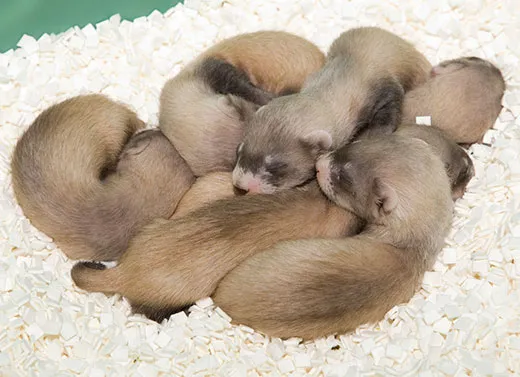
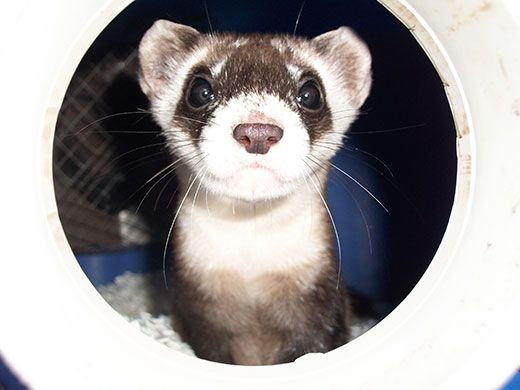
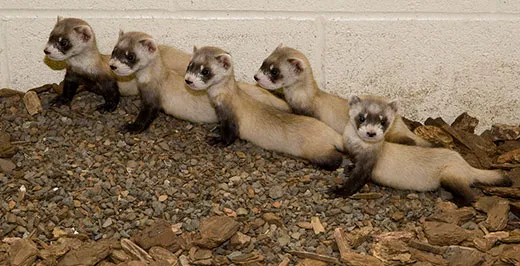
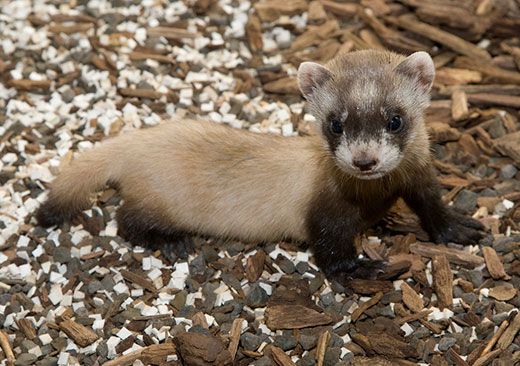
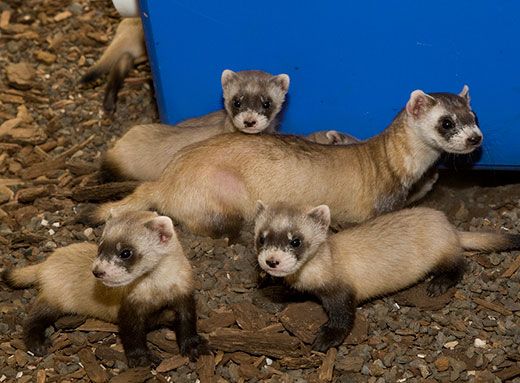
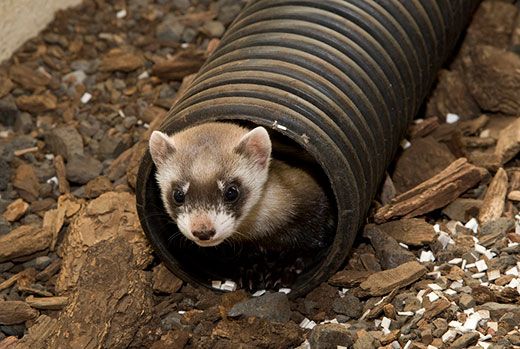
/https://tf-cmsv2-smithsonianmag-media.s3.amazonaws.com/accounts/headshot/joseph-stromberg-240.jpg)